🛠️ DIY Tools: Essential Equipment for Every Home Project
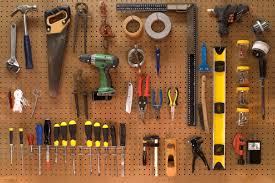
Do-it-yourself (DIY) projects have taken the world by storm. From building furniture to fixing leaky faucets, more and more people are embracing the hands-on approach. But to succeed in your DIY adventures, having the right DIY tools is absolutely essential.
Whether you’re a beginner or a seasoned DIY enthusiast, this guide covers must-have tools and their functions — along with 10 image suggestions and names for easy identification.
🔧 Why You Need DIY Tools
DIY tools empower you to handle repairs, build projects from scratch, and save money. They provide:
- Greater independence
- Cost-effective home maintenance
- Creative freedom in home decor
- Skill development
Let’s explore the essential tools you need.
🔨 1. Hammer
The hammer is a basic yet powerful tool used for driving nails, removing nails, and breaking objects apart.
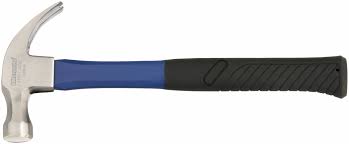
🔩 2. Screwdriver Set
A screwdriver set (both flat-head and Phillips-head) is essential for assembling furniture, fixing appliances, and more.

📏 3. Measuring Tape
Accuracy is key in any DIY task. A measuring tape ensures precision in cutting, drilling, and building.
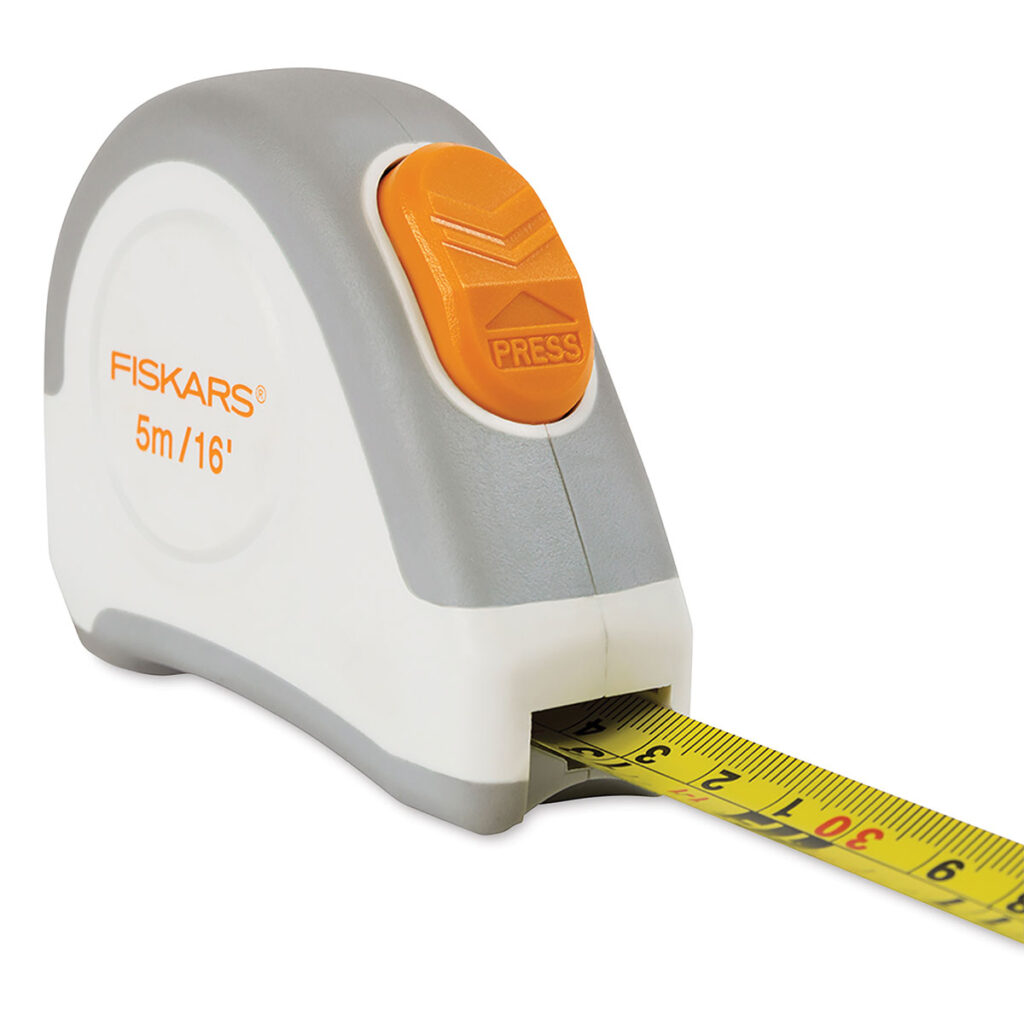
🔩 4. Power Drill
A power drill is a must-have for drilling holes and driving screws quickly and efficiently. Choose a cordless version for flexibility.
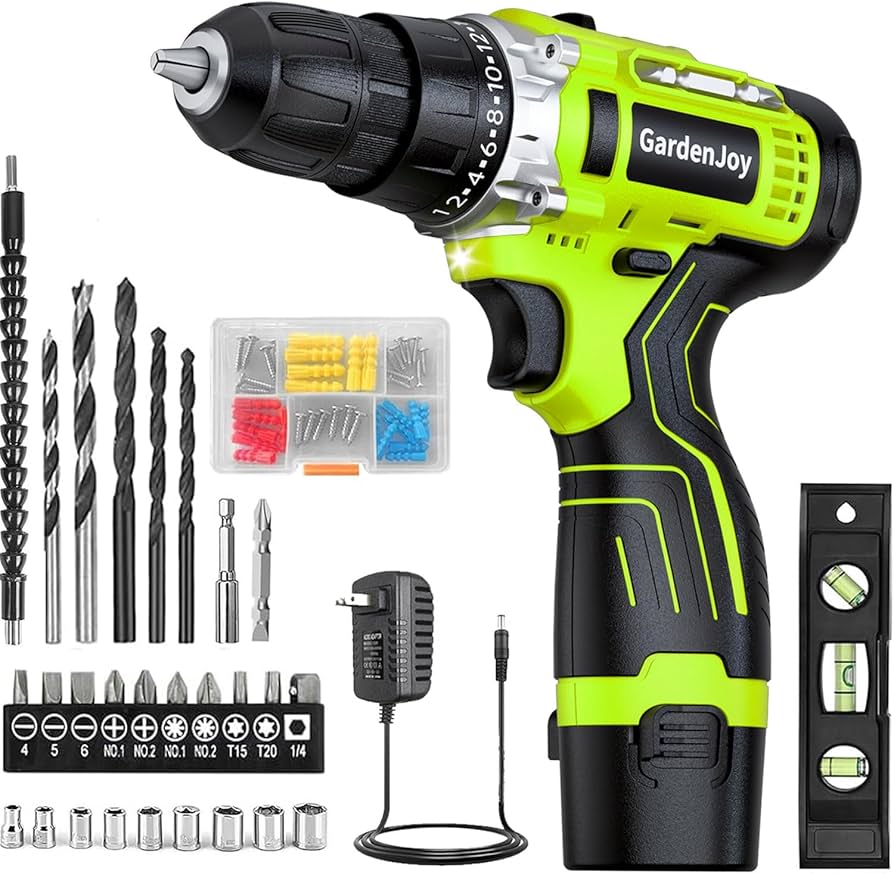
🪚 5. Hand Saw
Ideal for cutting wood, plastic, or even drywall, a hand saw is great for small to medium-scale projects.
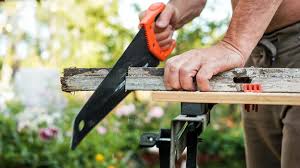
🔧 6. Adjustable Wrench
This tool is designed for gripping and turning nuts, bolts, and fasteners of different sizes — making it very versatile.
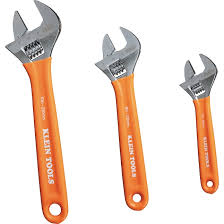
📐 7. Level Tool
Ensure your shelves, frames, and other installations are perfectly horizontal or vertical using a bubble level or digital level.
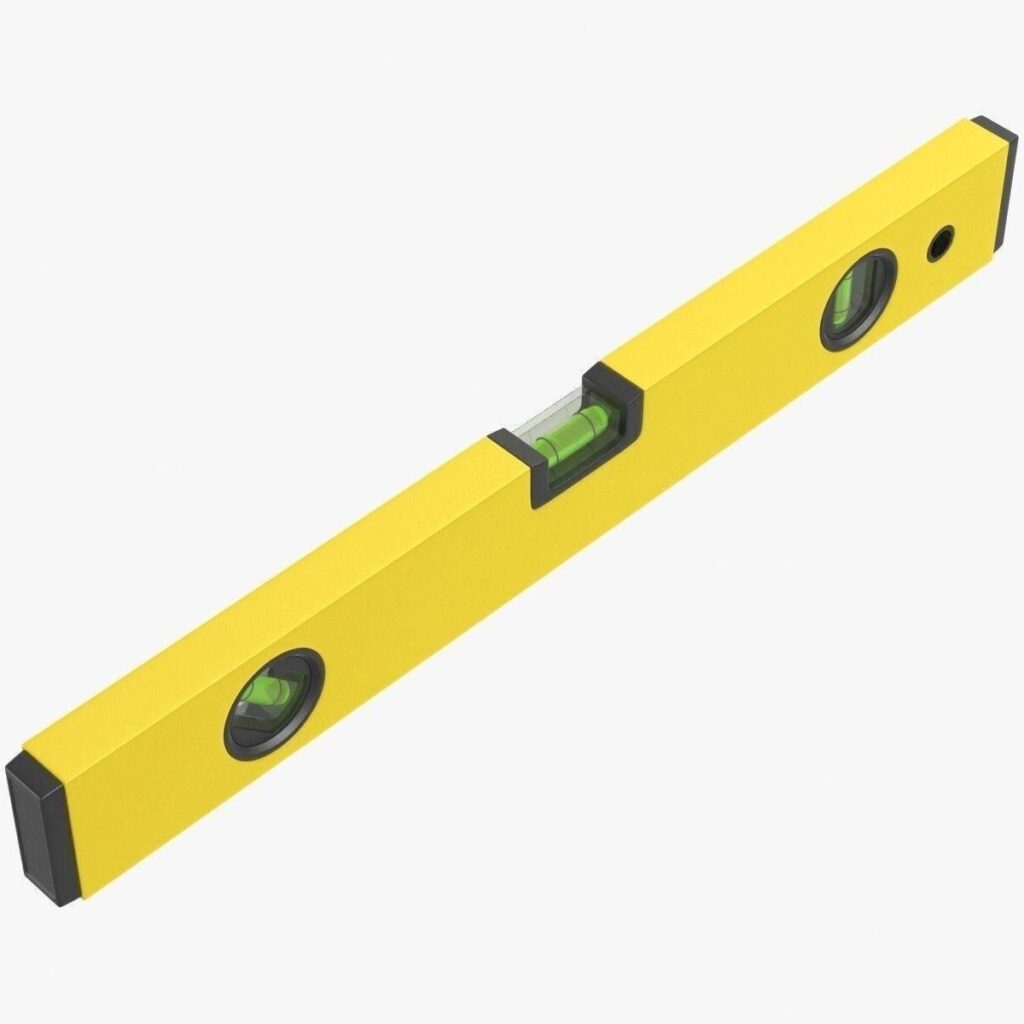
🧰 8. Utility Knife
A utility knife is essential for cutting cardboard, drywall, carpet, and more. It’s a sharp, compact, and handy tool.
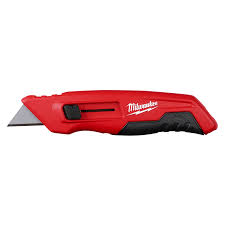
🧤 9. Safety Gear
Safety first! Always use gloves, safety goggles, and ear protection when working on heavy-duty tasks.
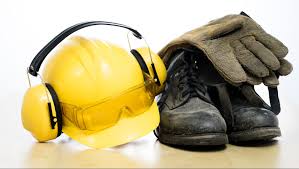
🔌 10. Tool Box or Organizer
A good toolbox keeps your equipment organized and accessible, so you never lose track of what you need.

🔍 Specialized DIY Tools (Optional)
As you advance, you may want to explore more specialized tools:
- Dremel rotary tool – for carving, sanding, and polishing
- Stud finder – to locate wall studs for secure mounting
- Staple gun – for upholstery and home decor tasks
- Nail gun – for faster framing or paneling
🛠️ Tips for Building Your DIY Tool Collection
- Start with basics – hammer, screwdrivers, measuring tape
- Buy quality – tools should last years, not months
- Stay organized – use pegboards or toolboxes
- Upgrade gradually – expand your toolkit based on your project needs
🎯 Conclusion
Investing in quality DIY tools saves time, money, and frustration. Whether you’re putting up shelves, building a deck, or creating custom decor, the right tools can turn any idea into reality. Start small, build your skills, and let your creativity take charge.
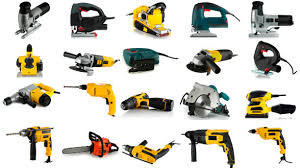
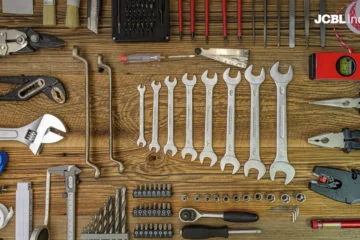
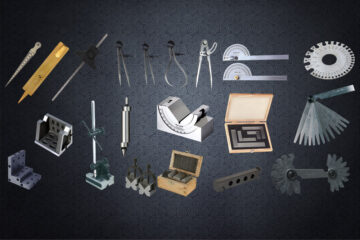
0 Comments